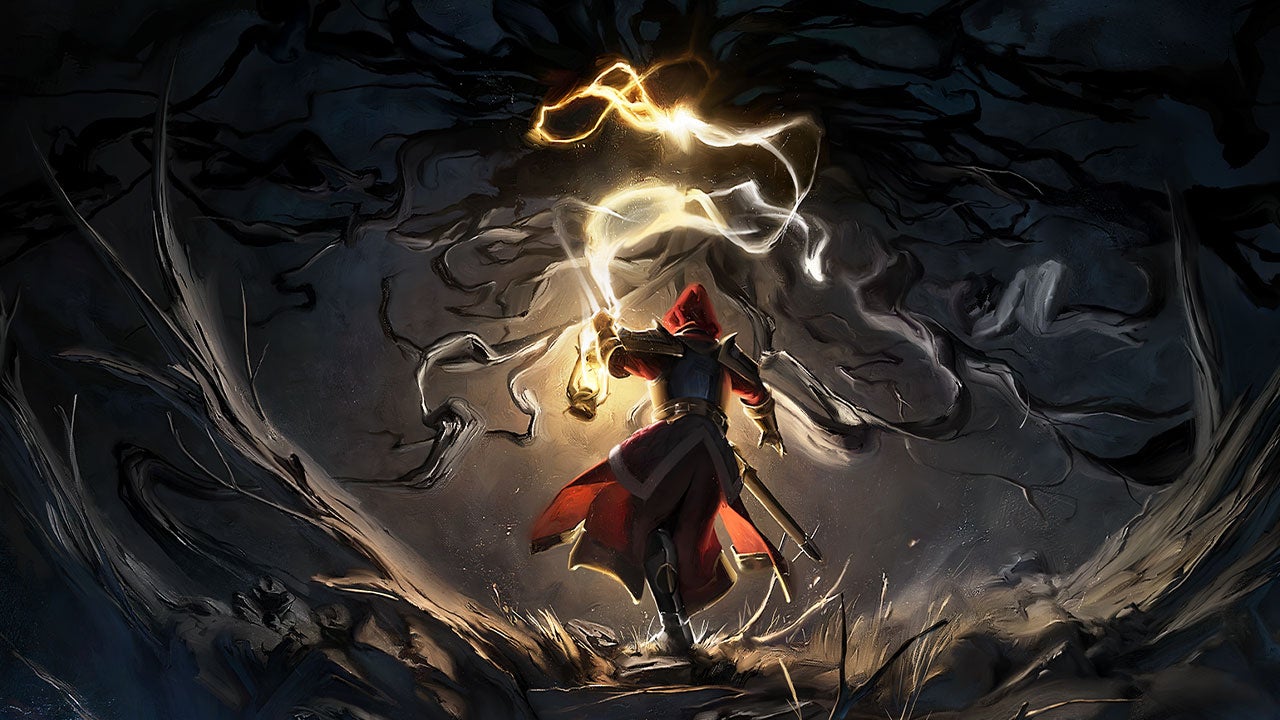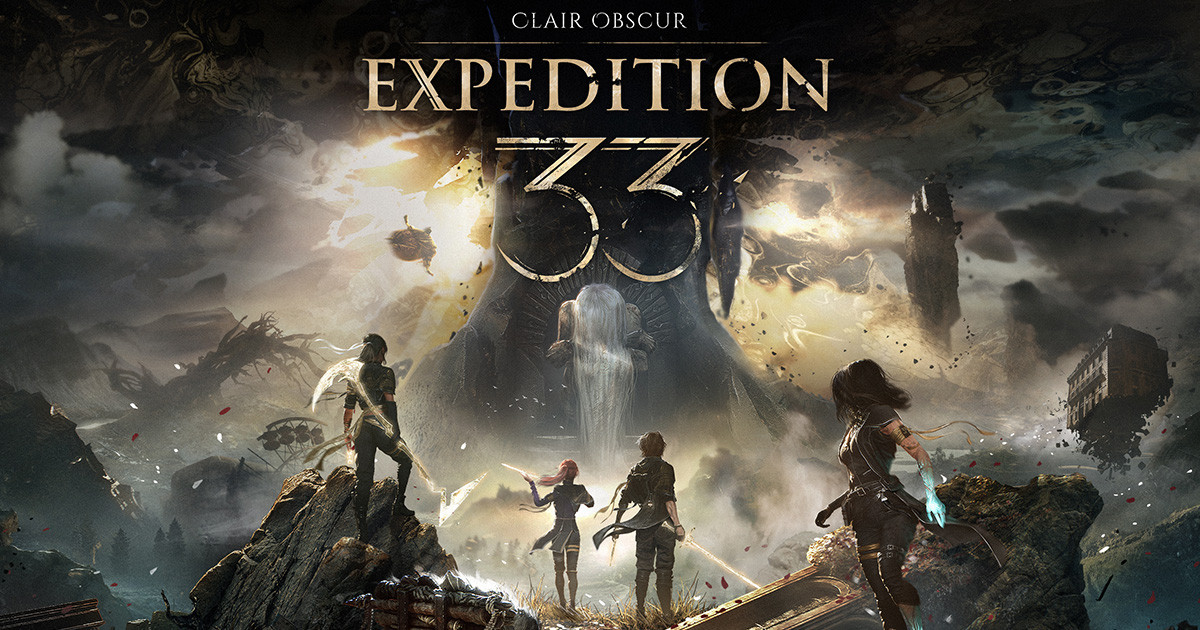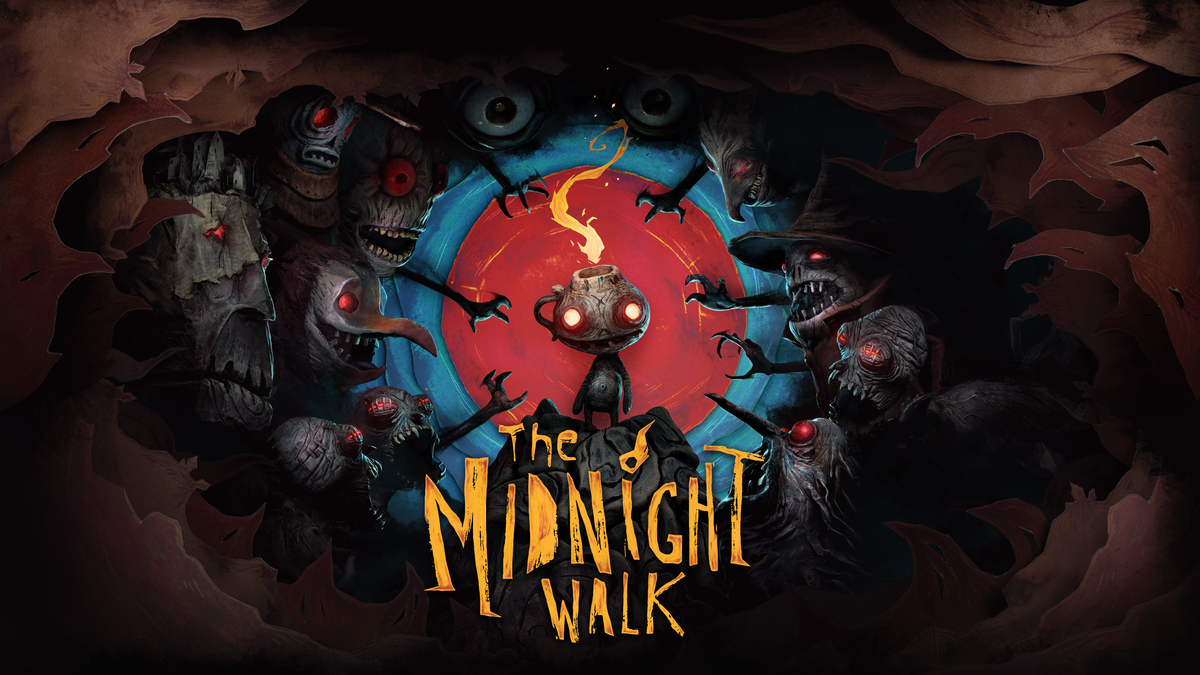There’s something almost uncanny about how well Blue Prince aligns with so many of my personal gaming preferences. It’s as though the developer, Dogubomb, tuned into my thoughts and concocted a game just for me—a brilliant blend of first-person puzzling, roguelite progression, strategic drafting mechanics, and tile-based exploration that evokes the charm of board games like Carcassonne. Even if you don’t share my exact tastes, it’s hard to deny how seamlessly Blue Prince weaves these systems together. Dozens of hours in, I’m still unearthing its hidden layers, and it’s already etched itself into my mental catalog of all-time puzzle greats.
At the heart of the game is Simon, a teenager who’s unexpectedly inherited a lavish, labyrinthine mansion from his peculiar great uncle. But there’s a catch—he can only claim his inheritance if he finds a secret 46th room within the estate’s ever-shifting structure. What begins as a relatively straightforward quest quickly unfolds into something far more intricate. Though the game offers occasional nudges in the right direction through environmental hints and messages, you’re largely left to your own devices, given the freedom to unravel its mysteries on your own terms. It’s a smart design decision that makes every revelation feel earned. There’s never a moment where the objective is unclear, even if the path to get there is maddeningly elusive.
You’ll likely experience a fair amount of literal and figurative circling as you navigate the mansion. The game’s central mechanic revolves around a unique drafting system. Each in-game day, you’re allotted a limited number of steps, expended whenever Simon passes through a door. With each door opened, you choose one of three randomly presented rooms to place next—each with unique shapes, layouts, and properties. What results is a constantly changing floorplan that you assemble piece by piece, attempting to connect rooms intelligently, avoid dead ends, and gather useful tools along the way. While this might sound like a mild novelty, it quickly evolves into a deeply engaging system that rewards both foresight and improvisation.
The rooms themselves vary widely. Some are unassuming corridors, while others fall into color-coded categories that hint at their purpose. Purple rooms, for instance, often grant additional steps; yellow ones function as shops where you can trade coins for items; and red rooms typically bring some sort of penalty, whether it’s scrambling your room options or draining precious resources. Certain rooms only appear under specific conditions, adding another layer of strategy to your choices. Over time, you learn which room types set you up for success and how best to collect and deploy valuable items like keys, dice for re-rolling room choices, and gems for acquiring rare tiles. It’s a satisfying feedback loop—plan, explore, learn, and iterate.
Within those rooms are puzzles of every flavor. Some require math or logic, others challenge you with mechanical contraptions, and a few are as simple and satisfying as cracking open a literal puzzle box. But while these contained challenges are enjoyable in their own right, they’re not the heart of Blue Prince. The game’s most captivating moments come from slowly connecting the dots across a sprawling and mysterious whole, much like Outer Wilds or Return of the Obra Dinn. You’ll spend a lot of time poring over documents, examining environmental details, and puzzling out the function of odd objects or layouts. What initially seems opaque begins to click into place, creating a sensation of discovery that few games manage to capture.
Of course, all that depth does come with its occasional frustrations. Even with smart planning and a growing knowledge of the mansion’s mechanics, sometimes the randomness of the room draft throws a wrench in your well-laid plans. You might desperately need a room that turns left to complete a crucial route, spend your collected resources trying to force it into your draw, and still come up empty. These moments are rare, but they can be disheartening—especially when they derail an otherwise strong run. Permanent upgrades and strategic foresight help mitigate this to an extent, but they can’t eliminate it entirely.
Another small gripe: the lack of mid-run saving. You can only end a day to save your progress, and the in-game clock continues even if you open the menu. That’s a real constraint for anyone playing on a PC, where life’s interruptions are frequent. It’s less of an issue on systems that support quick suspend features, but it can make playing in short bursts more difficult than it should be.
Yet despite those hiccups, the joy of discovery makes every run worthwhile. Even when your path doesn’t lead directly to your goal, you’re almost guaranteed to uncover something new—another piece of lore, a curious item, or a fresh clue that points toward some larger secret. Reaching the 46th room took me around 15 hours, and it felt like a genuinely fulfilling achievement. But that milestone didn’t mark the end of my interest; in fact, it only expanded the list of objectives I was chasing. The mansion is full of coded messages, locked doors, strange artifacts, and cryptic narratives waiting to be pieced together.
These elements of worldbuilding are artfully integrated into the game’s structure. Some puzzles are sitting right under your nose from the start, but their importance only becomes apparent later. Others breadcrumb you along a winding, unexpected path that leads to jaw-dropping revelations. Because the drafting mechanic can send players down drastically different paths, discussing progress with others becomes a spoiler minefield. On one occasion, I excitedly mentioned an unlocked room to a friend who had sunk four times as many hours into the game—only to learn they hadn’t even encountered it yet. Still, the game doesn’t feel arbitrary or unfair. Most clues can be found in more than one place, and multiple approaches often lead to the same conclusion. You’re always getting somewhere, even when it doesn’t feel like it in the moment.
As you delve deeper, the initially subtle story begins to take a more prominent role. What starts as a light narrative backdrop becomes a compelling, layered mystery surrounding Simon’s great uncle and the strange legacy of his family. It’s presented with admirable restraint—there are no forced info dumps or lengthy expositions. Instead, you’re encouraged to absorb history and meaning through exploration, piecing together anecdotes, documents, and perspectives that don’t always line up. This sense of assembling a fractured, non-linear narrative mirrors the gameplay itself. As Simon goes from wide-eyed heir to someone truly grasping the weight of his inheritance, your own understanding of the game’s deeper themes grows in tandem.
Blue Prince left an indelible mark on me. It’s the kind of game that you think about even when you’re not playing—strategizing your next run, reconsidering a clue you found hours ago, or just marveling at how ingeniously it all fits together. Its blend of procedural exploration and deliberate puzzle design is a rare feat, and the narrative payoff is just as satisfying as the mechanical one. Though occasional moments of randomness or minor limitations in playability can be frustrating, they’re overshadowed by the sheer brilliance of the experience. If first-person puzzle games like The Witness, Portal, or Myst are foundational works in the genre, Blue Prince feels like the next name that deserves to be added to that legacy.







